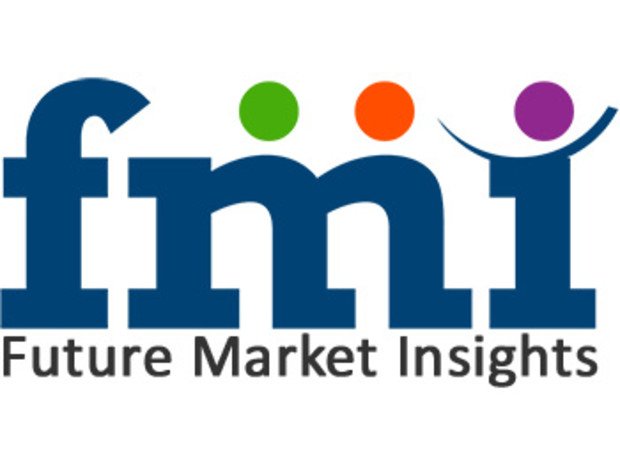As per FMI, the market will expand at 5.9% CAGR over the forecast period 2021-2031 in comparison to CAGR 1.8% registered between 2016 and 2020.
Download FREE Sample Copy of Report: https://www.futuremarketinsights.com/reports/sample/rep-gb-2063
Artificial turfs are increasingly used in hotels, restaurants, residential houses, and airports for various landscaping applications such as decorating balconies, rooftops, swimming pools, children playgrounds, and lawns. Thus, with the expansion of urban infrastructure aligned with modern lifestyle, the demand for artificial turf is expected to propel in the coming years.
Due to its superior characteristics such as high durability, less maintenance, low replacement rate over natural grass, artificial turfs are progressively used in contact sports such as rugby, football, hockey, and cricket playing fields and stadiums.
Thus, increasing number of stadiums across the world and upcoming global sports events such as ICC World Cup 2023, FIFA World Cup 2022, and others are anticipated to accelerate the sales of artificial turfs over the next ten years.
"Manufacturers in the market are emphasizing on developing third-generation turfs using hybrid technology for developing innovative products with shock pads and anti-bacterial properties to address the increasing demand from landscaping and sports sector," says the FMI analyst.
Key takeaways from the Artificial Turf Market Survey
- In North America landscape, the US is estimated to remain a dominant market driven by the increasing demand for artificial turfs from landscaping and leisure applications.
- The UK, home to large number of football and cricket stadiums, is expected to emerge as one of the most remunerative markets.
- The market for artificial turfs in India is projected to exhibit the fastest growth in the Asia Pacific on the back of increasing government support for upgrading sports infrastructures, especially hockey and football.
- Germany is estimated to account for a significant share in the European market on the back of the presence of a large number of leading artificial turfs manufacturers in the country.
- Based on infill material, the rubber is likely to dominate the segment favored by the increasing adoption in outdoor sports.
Competitive Analysis
Leading players operating in the artificial turfs market are heavily investing in research and development activities to develop novel product to expand their product portfolio. Besides this, some of the players are engaging into strategic mergers & acquisitions of small and medium-scale companies. For instance,
- In 2017, Synthetic Grass Warehouse, Inc. an America based company announced launching its new artificial turf named, Everlast Turf's Nature's Best. The product is aimed to provide realistic looking artificial grass with enhanced durability.
- In August 2019, SportGroup subsidiary company, AstroTurf acquired, an American company, Nagle Athletic Surfaces Inc. The acquisition assisted the company to capitalize on the extensive range of products of Nagle Athletic Surfaces, Inc. and increase their market share.
- Dow dupont
- Tarkett
- Shaw Industries
- Victoria PLC
- Controlled Products
- ACT Global
- Sport Group
- Tiger turf
- SIS pitches
- Matrix Turf
More Insights into the Artificial Turf Market Report
In its latest report, FMI offers an unbiased analysis of the global artificial turfs market, providing historical data for the period of 2016-2020 and forecast statistics for the period of 2021-2031. In order to understand the global market potential, its growth, and scope, the market is segmented on the basis of infill material (rubber, sand, and other) and application (contact sports, non-contact sports, leisure, and landscaping) across seven regions (North America, Latin America, Eastern Europe, Western Europe, Asia Pacific excluding Japan (APEJ), Japan, and Middle East & Africa).

